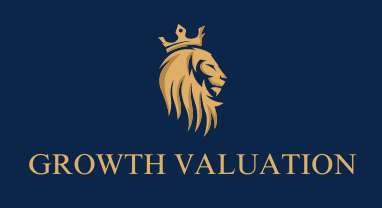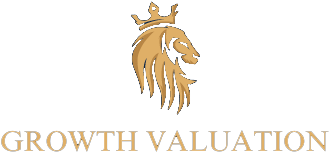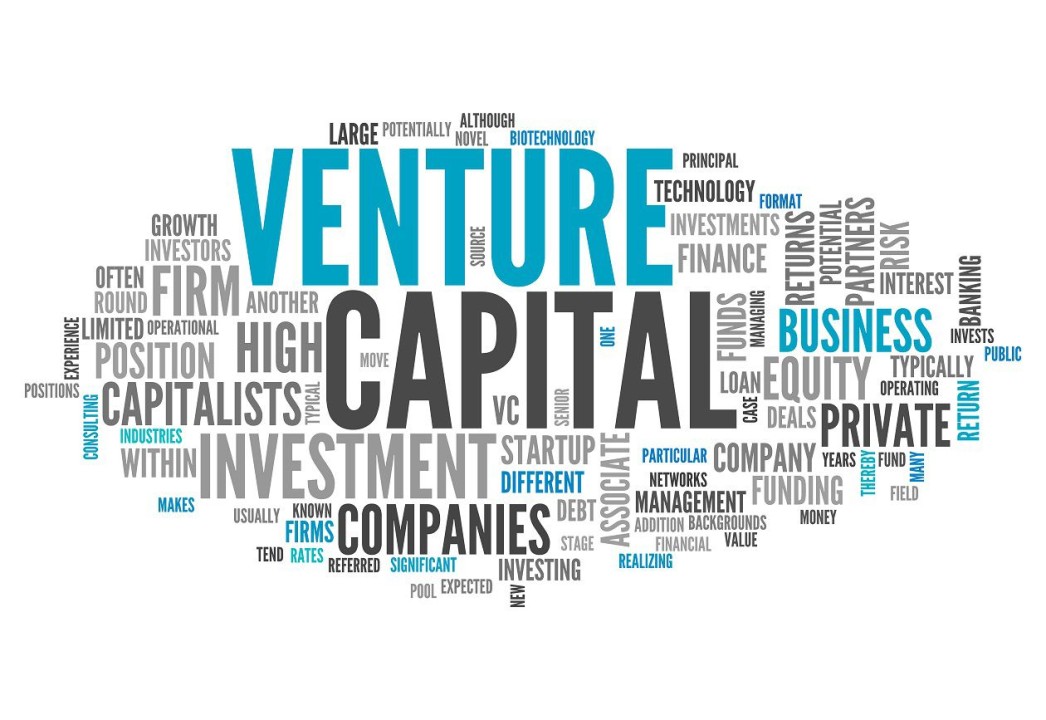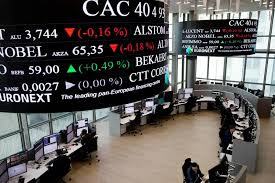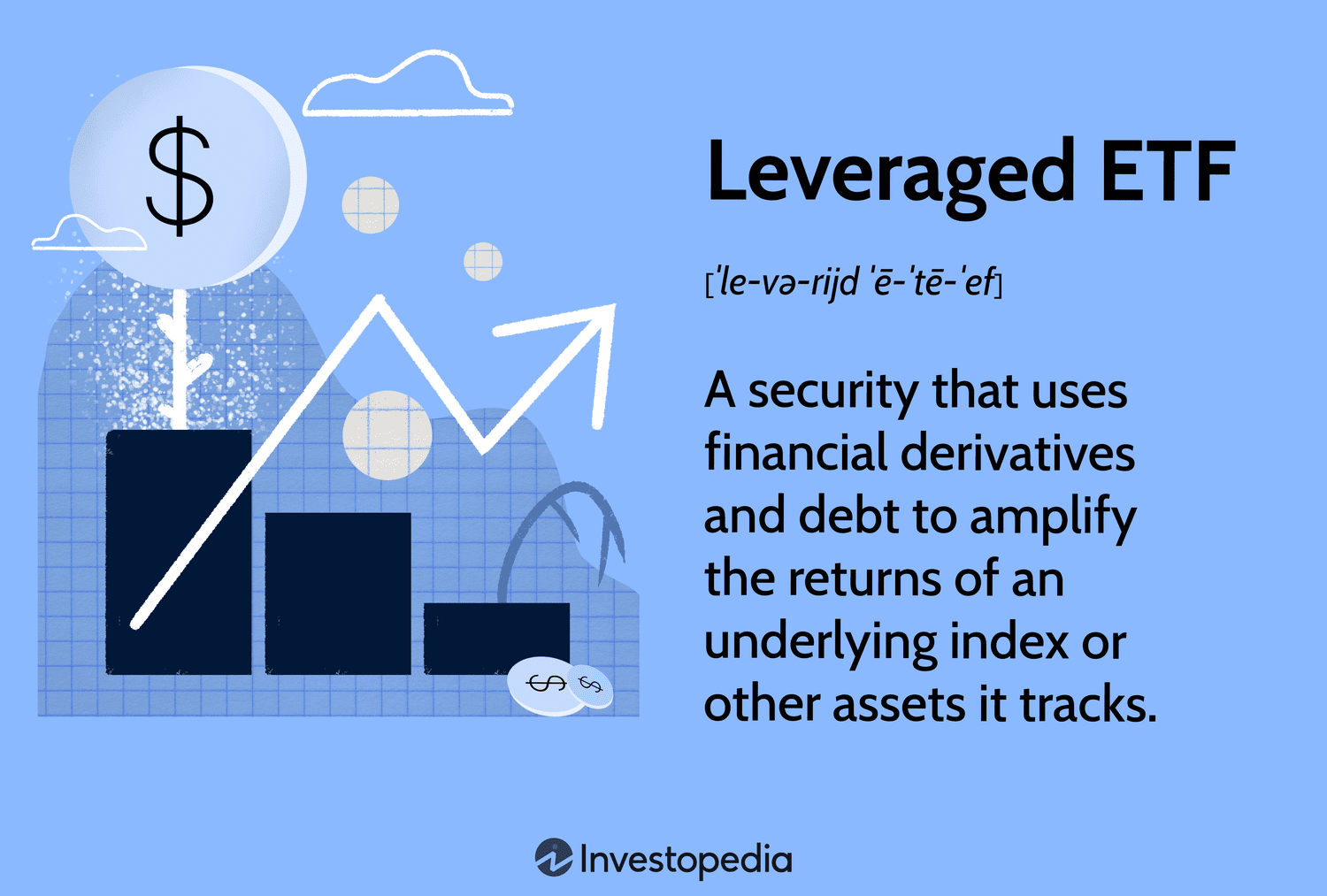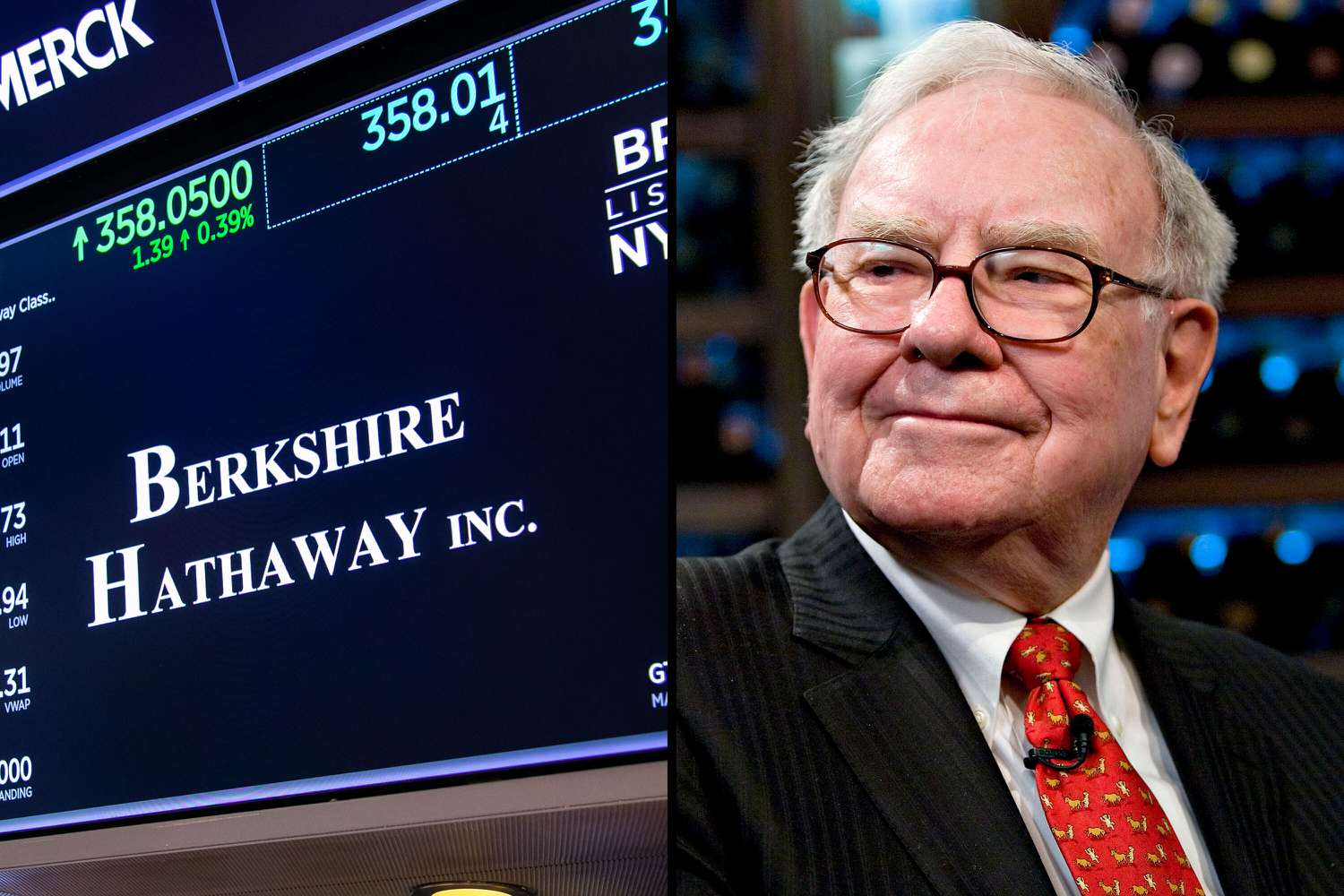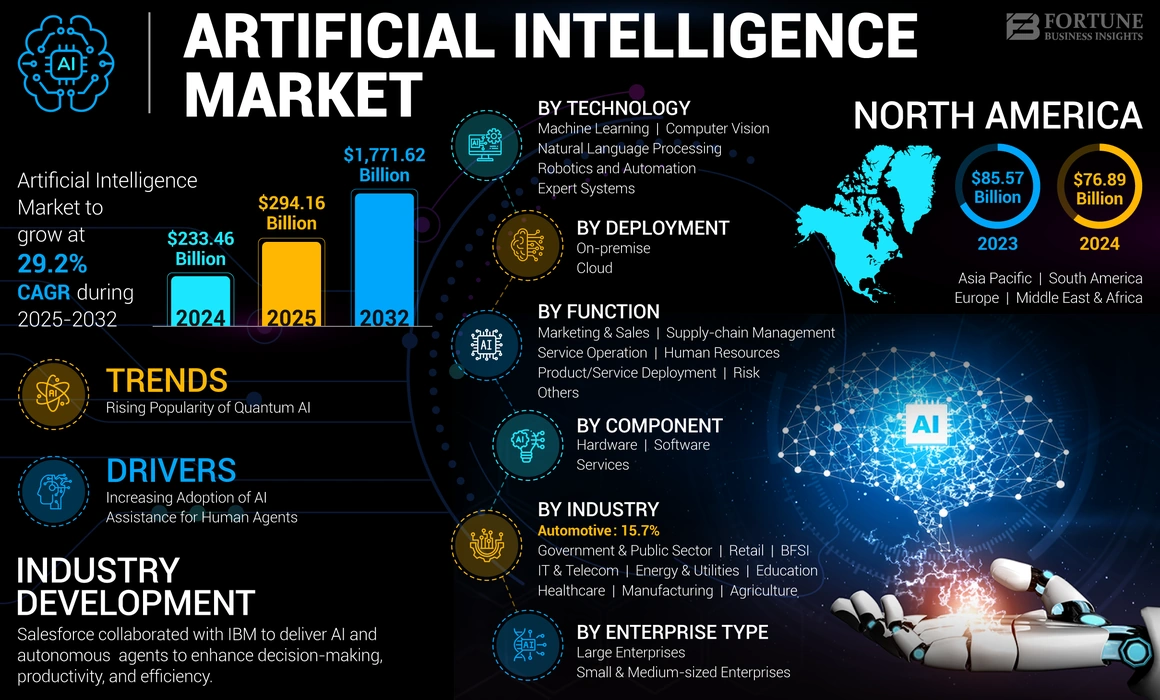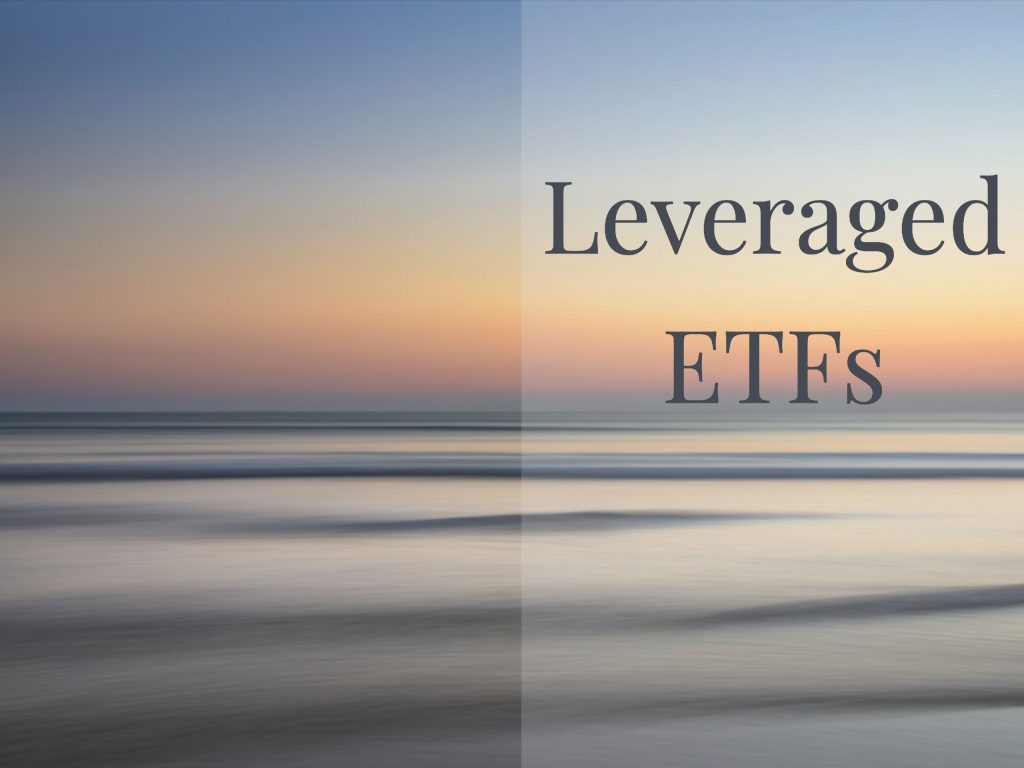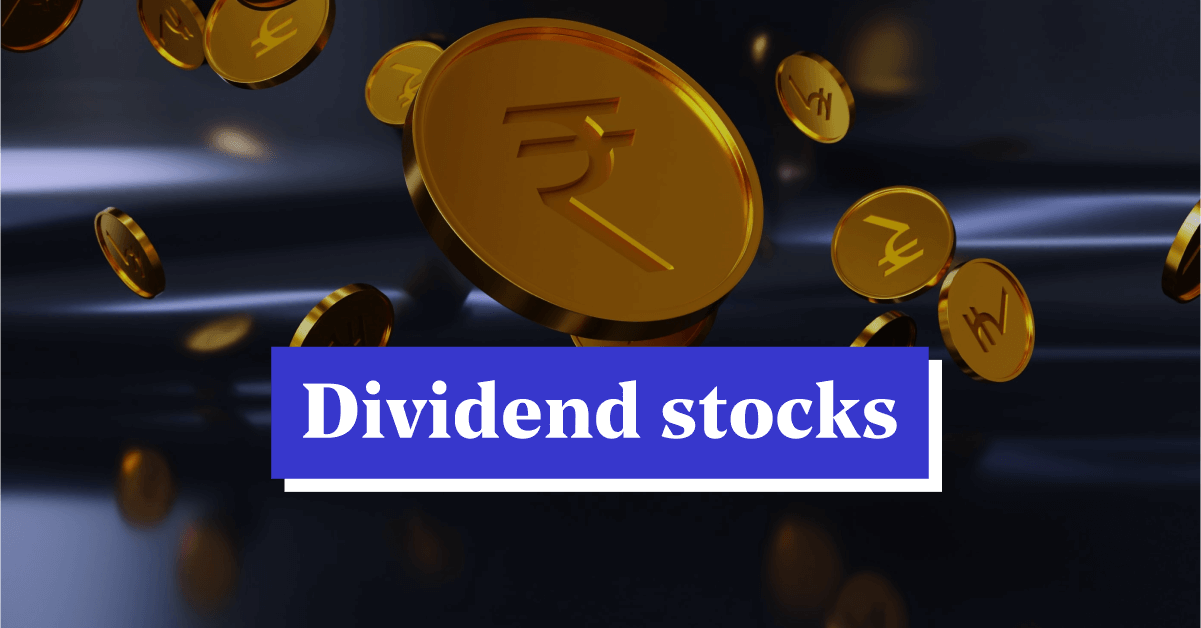

The European economy has long been characterized by its focus on mature industries, a trend that has significant implications for innovation, productivity, and economic growth. A recent chart comparing the STOXX Europe 600 and S&P 500 indices highlights this disparity, showing a stark contrast in sector composition between Europe and the U.S. Additionally, the chart illustrates a persistent gap in gross fixed capital formation (a measure of investment) between the European Union and the U.S., particularly in high-growth sectors like technology. This article explores the implications of Europe’s reliance on mature industries, the resulting investment gaps, and the challenges and opportunities for closing this divide.

Disparity underscores a fundamental difference in economic focus. Europe’s economy is rooted in traditional, mature industries like finance and industrials, which are often less dynamic in terms of innovation and growth. The U.S., on the other hand, has embraced technology as a driver of economic expansion, with companies like Apple, Microsoft, and Amazon leading the charge. This tech-heavy composition has fueled higher productivity and growth rates in the U.S., while Europe’s reliance on mature sectors has contributed to slower economic dynamism.
The Investment Gap in Gross Fixed Capital Formation
The second part of the chart quantifies the investment gap between the EU and the U.S. in terms of gross fixed capital formation (GFCF) as a percentage of value added. GFCF measures investments in fixed assets like buildings, machinery, and intellectual property, which are critical for long-term productivity growth. The chart compares three time periods—2001–08, 2010–12, and 2013–19—across various categories:
- Dwellings: The EU slightly outperformed the U.S. in 2001–08 (by about 0.5 percentage points) but fell behind in later periods.
- Other Buildings: The EU consistently lagged, with a gap of around 0.5 percentage points in 2013–19.
- Transport Equipment: The gap widened over time, reaching nearly 1 percentage point by 2013–19.
- Telecom Equipment: The EU’s investment was significantly lower, with a gap of about 1.5 percentage points in 2013–19.
- Other Machinery: A similar trend, with a gap of around 1 percentage point.
- Software: The EU lagged by about 1 percentage point across all periods.
- R&D: The gap was most pronounced here, with the EU trailing by nearly 1.5 percentage points in 2013–19.
- Computer Hardware: A smaller but consistent gap of about 0.5 percentage points.
- Other IP: The EU trailed by around 1 percentage point.

The largest gaps are in R&D, telecom equipment, and software—sectors that are critical for innovation and productivity growth. The EU’s underinvestment in these areas reflects its focus on mature industries, which require less capital for innovation and more for maintenance. For example, the finance and industrials sectors, which dominate the STOXX Europe 600, often invest in physical infrastructure rather than intellectual property or technology. In contrast, the U.S.’s tech-heavy economy drives significant investment in R&D and software, fostering innovation and higher productivity.
Europe’s focus on mature industries can be traced back to its economic history. After World War II, Europe rebuilt its economy through heavy investment in manufacturing, finance, and infrastructure—sectors that were essential for recovery but became less dynamic over time. The U.S., meanwhile, shifted toward technology in the late 20th century, with the rise of Silicon Valley and the tech boom of the 1990s. This divergence has had lasting effects on productivity and growth.
The investment gap in R&D and technology has contributed to a productivity slowdown in Europe. According to studies cited in the chart’s source (Hanzie-Weiss, D., & Stehrer, R., 2023), the EU’s productivity growth has lagged behind the U.S. by about 1.5 percentage points annually since the early 2000s. This gap is particularly stark in high-tech sectors, where the U.S. benefits from economies of scale, a robust venture capital ecosystem, and a culture of innovation.
The economic implications are significant. Lower productivity growth limits wage increases, reduces competitiveness, and hampers GDP growth. Moreover, Europe’s aging population exacerbates these challenges, as mature industries are less likely to create the high-skilled, high-paying jobs needed to support an aging workforce. The EU’s underinvestment in technology also makes it more vulnerable to global competition, particularly from the U.S. and China, which dominate in areas like AI, cloud computing, and 5G.

Challenges and Opportunities for Europe
Closing the investment gap requires addressing several challenges:
- Cultural Resistance to Risk: European companies and investors tend to be more risk-averse than their U.S. counterparts, favoring stable, mature industries over speculative tech ventures.
- Fragmented Markets: The EU’s single market is still fragmented in terms of regulation, taxation, and innovation policy, making it harder for tech startups to scale.
- Access to Capital: The U.S. has a more developed venture capital ecosystem, providing tech startups with the funding they need to grow. Europe lags in this area, with many startups relocating to the U.S. for better funding opportunities.
- Education and Skills: While Europe has strong universities, it struggles to retain talent, with many tech professionals moving to the U.S. for better opportunities.
Despite these challenges, there are opportunities for Europe to bridge the gap:
- Green Technology: Europe is a leader in renewable energy and sustainability, sectors that require significant R&D and could drive innovation.
- Policy Reforms: The EU can incentivize investment in technology through tax breaks, subsidies, and streamlined regulations.
- Collaboration: Partnerships between universities, governments, and private companies can foster innovation and retain talent.
- Digital Single Market: Completing the EU’s digital single market could help tech companies scale more easily across borders.
Our Opinion
To compete in the global economy, Europe must shift its focus toward technology and innovation, investing heavily in R&D, software, and telecom equipment. This will require a cultural shift toward risk-taking, as well as policy reforms to create a more unified and supportive environment for tech companies. By addressing these challenges, Europe can not only close the investment gap but also position itself as a leader in the next wave of global innovation.



